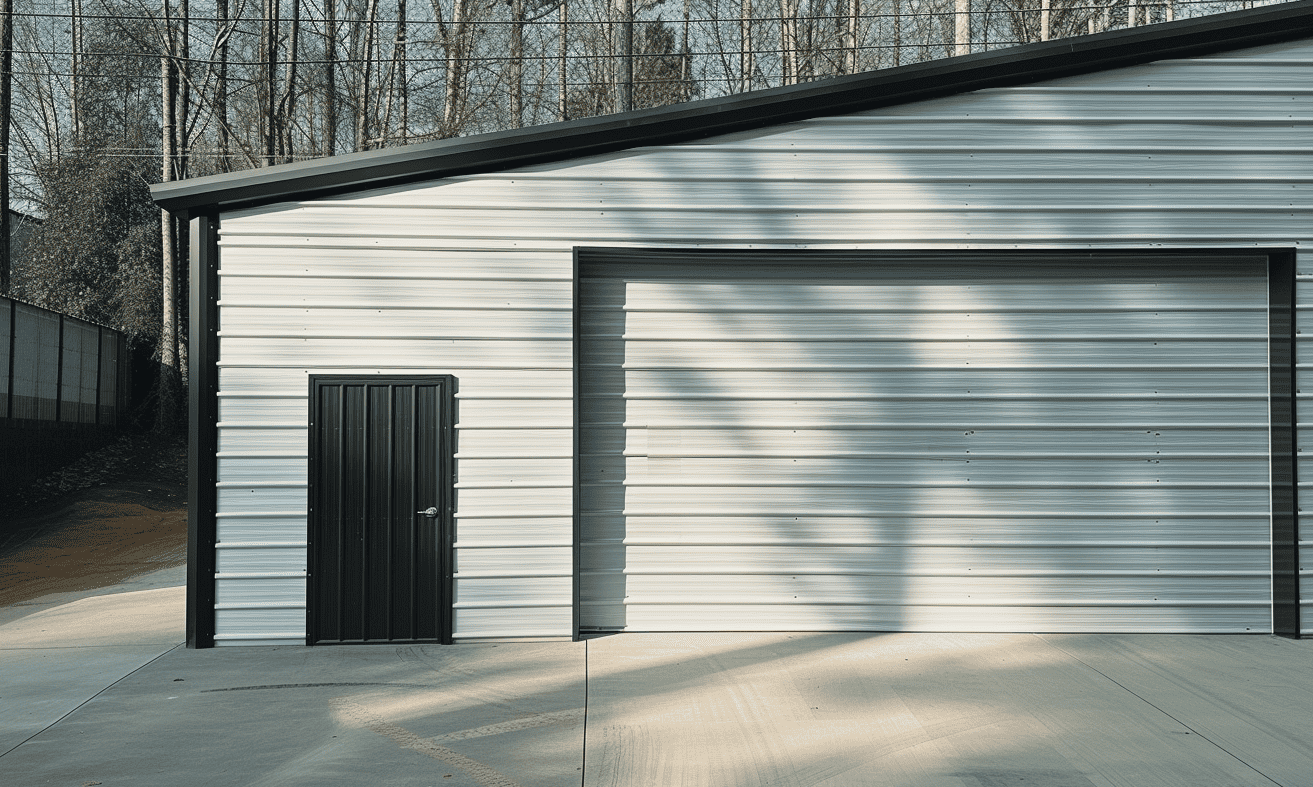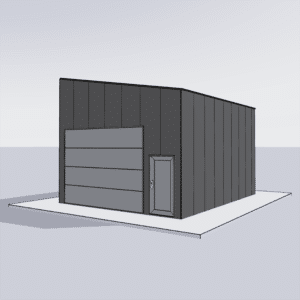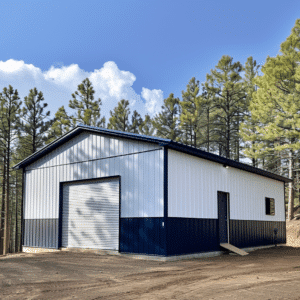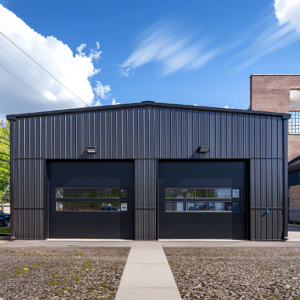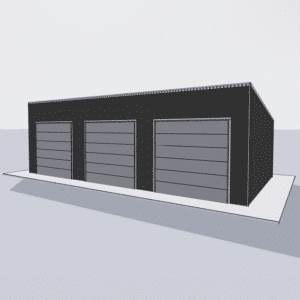Understanding load paths and ensuring proper load distribution in steel structures is fundamental to the safety and integrity of any building project. The principles behind these concepts are akin to the threads of a tapestry, where each thread reinforces the overall strength of the fabric. In the world of steel buildings, knowing how to effectively manage these load paths can mean the difference between structural resilience and failure. But what exactly are load paths, and why are they crucial for steel structures?
What Are Load Paths?
In the simplest terms, load paths are the routes along which loads are transmitted through a structure to its supports, such as the ground. Imagine a set of dominoes: each domino represents a structural element, and the load is the force with which they fall onto one another. If any domino or pathway is incorrectly aligned or missing, the entire chain can collapse. For steel buildings, this principle is critical as it ensures that loads from the upper levels of the structure are systematically transferred down to the foundation without any weak links.
Understanding load paths means recognizing the flow of loads beginning from where they originate, whether from the building’s occupancy, rooftop equipment, or environmental factors like wind and snow. This load must travel through beams, columns, and other steel members progressively downwards until it is absorbed by the ground, ensuring proper load distribution throughout the steel structures.
The Importance of Proper Load Distribution
Proper load distribution in steel structures not only ensures safety but also enhances the overall performance and longevity of the building. When loads are evenly distributed, each component of the building operates within its capacity, preventing overloading of any specific part. This balanced approach mitigates risks such as material fatigue, deformation, and catastrophic failures.
Moreover, adhering to the Code of Standard Practice for Steel Buildings and Bridges is paramount. This code provides guidelines that help in maintaining uniform standards, ensuring that every steel member is adequately accounted for in the load path.

Factors Affecting Load Path Design
1. Building Design and Architecture
Every building has unique architectural elements, and load path design must accommodate these intricacies. For instance, open floor plans or cantilevered sections require additional consideration to ensure that the path of load transfer does not compromise the building’s integrity. Steel building safety and compliance depend heavily on understanding these design factors early in the planning process. See more on Steel building safety and compliance.
2. Structural Components
The selection of structural components such as beams, columns, and bracing systems plays a crucial role in load path design. Each component must be selected based on its ability to handle specific loads while fitting into the overall load path scheme. It’s vital that these components are detailed in Engineered Drawings for Structural Integrity, ensuring a well-documented path of strength and support.
3. Material and Construction Quality
The quality of materials used and the skill level of construction teams can significantly impact load paths. Substandard materials or construction errors can introduce weak points in the load path, potentially leading to structural failures. Therefore, maintaining high construction standards and using robust materials are non-negotiable.
Techniques for Ensuring Proper Load Distribution
Use of Advanced Design Software
Modern engineering involves sophisticated design software capable of simulating various load conditions. These tools enable engineers to visualize load paths and stress points, ensuring that every load is accounted for and managed. By modeling potential hazards, adjustments can be made to avert any weak links in the chain.
Regular Inspections and Maintenance
Even after construction, regular inspections are crucial to maintain load path integrity. Over time, buildings can experience shifts due to settlement or changes in usage patterns. Continuous monitoring ensures that load distribution remains effective and that any issues are promptly addressed. For more common queries about steel building safety, refer to Steel Building Safety FAQs.

Reinforcement Techniques
Sometimes, retrofitting may be necessary to improve or restore load path efficiency. This might involve adding supplemental supports, such as new bracing, or even altering the design to better distribute loads. These efforts are especially critical for older buildings or those subjected to frequent or heavy loads.
Conclusion: The Path to Structural Success
Understanding load paths and ensuring proper load distribution in steel structures is about more than just engineering principles; it’s about safeguarding the lives and investments they protect. By viewing load paths as the framework that holds a tapestry together, engineers and builders can focus on creating buildings that are both functional and resilient.
Through meticulous planning and adherence to compliance codes, such as the Code of Standard Practice for Steel Buildings and Bridges, the goal is to maintain structural integrity under all anticipated conditions. As expertise and technology continue to evolve, the ability to manage load paths effectively becomes an even more integral part of modern construction strategies. This, in turn, facilitates safer structures that stand the test of time and help maintain Insurance Insights: Safety Compliance for optimal coverage.
In your next steel building project, remember: the secret to a strong, capable building might just be in the paths less taken—or at least, the ones most thoroughly understood.


